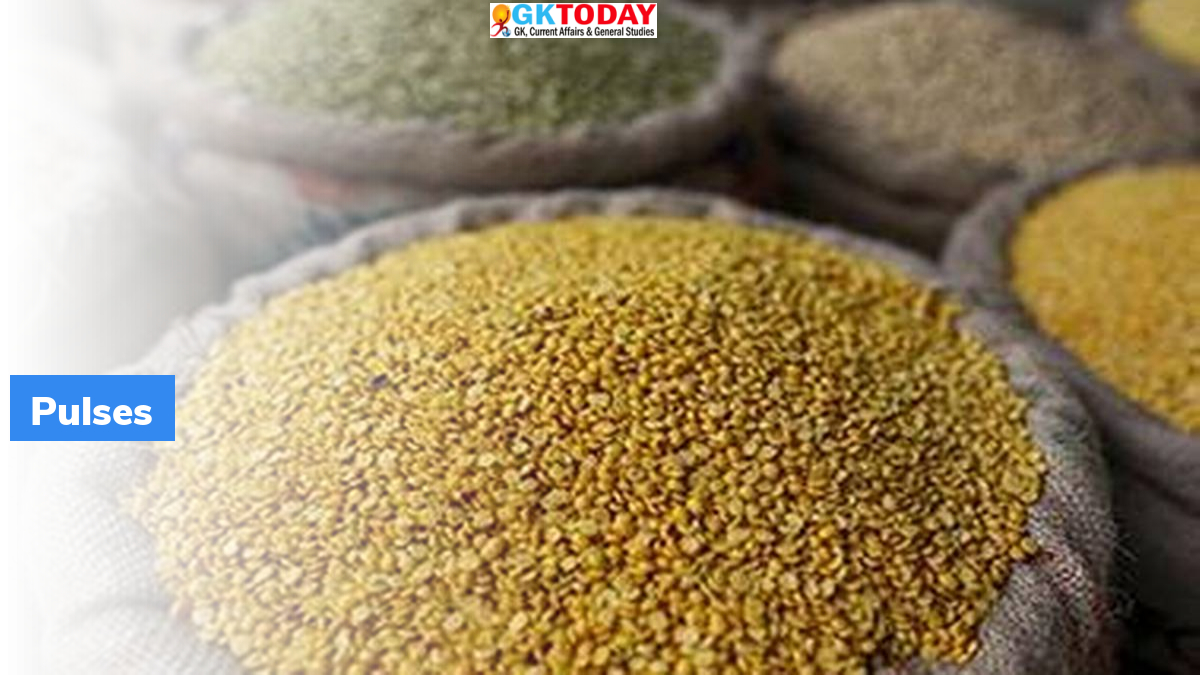OECD-FAO outlook report on Pulses
Organisation for Economic Co-operation and Development (OECD) & Food and Agriculture Organisation (FAO) have published “OECD-FAO Outlook report 2021-2030” recently making interesting reading insofar as major crops are concerned. The latest report covers pulses and a few other non-major crops under ‘other products’ category.
Highlights
- India is central to any projection in global pulses because it is by far world’s largest producer, processor, importer and consumer of the protein-rich legume.
- However, this year report on pulses betrays a broad and superficial view on pulses.
Key Findings of report
- As per report, global pulses supply will increase by 22 million tonnes (mt) of which half of supply expected to come from Asia, particularly India by 2030.
- Additional 6.6 mt will be produced as a result of introduction of high-yielding hybrid seeds, supported mechanisation, minimum support price regime and procurement system.
- World pulses trade has grown to 17 mt (from 13 mt) in the last ten years and is estimated to reach only 19 mt by 2030 because of India’s efforts to become self-sufficient in pulses.
- Pulses import by India is expected to reach a steady rate of 2030 and expected to reach 5 mt.
Drawbacks of report
- Report has ignored known vulnerabilities of India’s pulses production and is same as official crop estimates and statements of government. Thus, production estimates are overstated by 10 per cent.
- Area planted to pulses is reaching its limits. Area has expanded to 28 mha in 2020-21 (from 24 million hectares in 2015-16). But it cannot expand forever.
- Further, there has been no major technological breakthrough in seeds.
- Report has not highlighted demand side. Poor nutrition status is likely to become a driver of pulses demand.
Month: Current Affairs - July, 2021







